Lets face it, the chance of going to a Michelin star restaurant this month is not high, so there has never been a better time to experiment at home.
Updated after being published in March 2020, and published now in July 2021.
These are are some accessible, insider, secret Michelin star secrets you can try at home to catapult your home cooking to the next level, and become the culinary star of your own family.
Dining in a Michelin star restaurant is a joy at every level for most. The thrill comes from the details – the entry, the weighted cutlery, the elegant glassware, the waiters, the wine list, the interiors, the sommeliers’ knowledge and ultimately of course, the food.
I confess I am borderline obsessed with Michelin Star restaurants. The main reason is that I enjoy trying to work out what is actually in each dish, what incredible techniques and local produce have been used by the chef and to ascertain if the sky-high prices are justified.
Throughout my travels, I have interviewed many Michelin star chefs who have indulged me with some of their many cooking secrets, so here are a few for you;
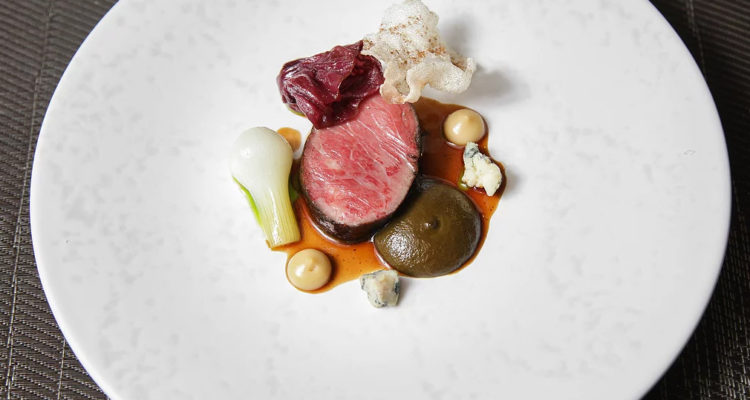
- Use Your Slow Cooker
If you get to the point where you have had enough of cooking during the latest lockdown, use your slow cooker, and remember it is not just for meat. You can boil potatoes, pumpkin and sweet potato then drain and put in the slow cooker with oil and spices and cook for hours for super tasty vegetables.
If you do eat meat, then use the cheapest cuts in the slow cooker as it tenderises them, especially if they are on the bone. Far is more than ok too, as it melts away. And you can freeze the cooked meat provided it wasn’t frozen beforehand.
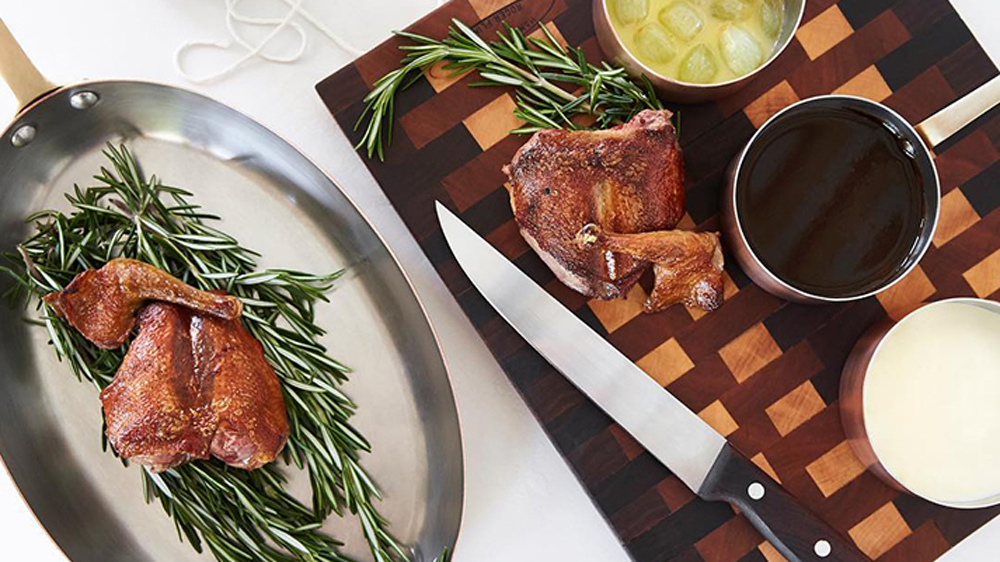
2) Use vegetable scraps for stock
In Australia, we tend to throw away so much good food. Vegetable scraps like tops of carrots or the ends of beans can be kept in a sealed plastic bag in the fridge then boiled with some chicken or meat bones or solo to create natural, healthy vitamin-rich, tasty stock. This is definitely a trick of the trade for upmarket restaurants.
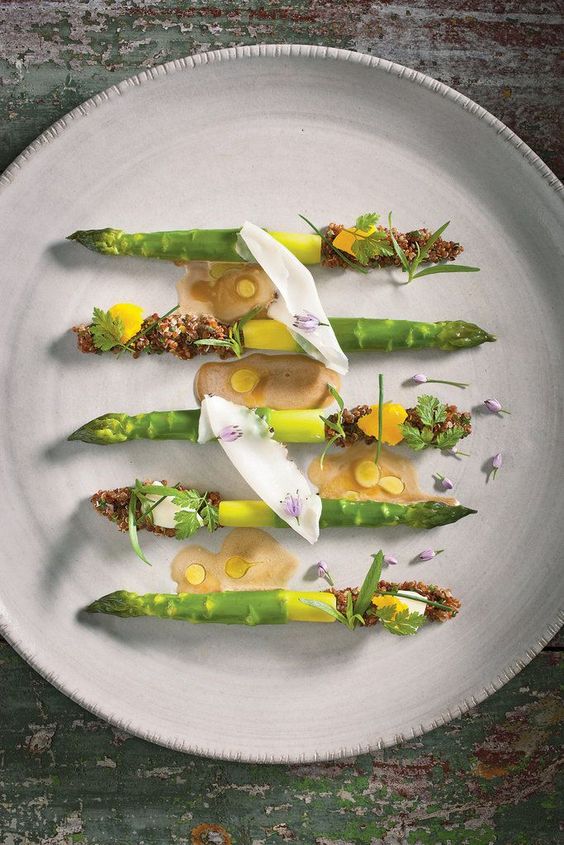
3) Blanche don’t boil your vegetables
Over-boiling vegetables destroys the flavour and the vitamin and mineral content. Instead, just put them in a strainer and pour through boiling water to blanche them quickly, or dunk them in boiling water for 60-90 seconds, then put them straight into ice-cold water.
You can then pan fry them for 60 seconds or so just before serving if you wish.
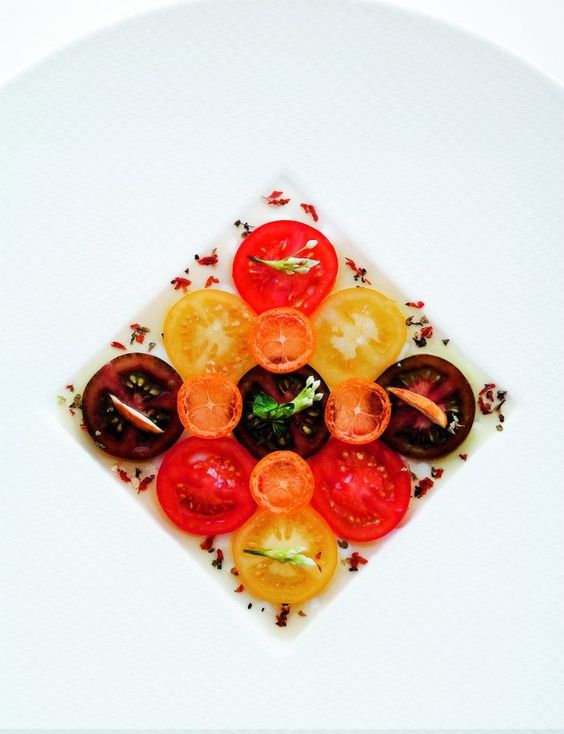
4) Carpaccio isn’t just for meat
The way you cut and slice food can quickly and easily create the Michelin star look, and everything from tomatoes, to beetroots, cucumber and even fruit can be finely sliced to look gourmet and to go further. Fantastic for salads.
The key are sharp knives, and an insider Michelin star trick is to always keep your knives away from each other ( eg in a knife block or on a magnet on the wall) otherwise they can get blunt rubbing against each other, and blunt knives are not only dangerous, they don’t cut meat or anything thinly.
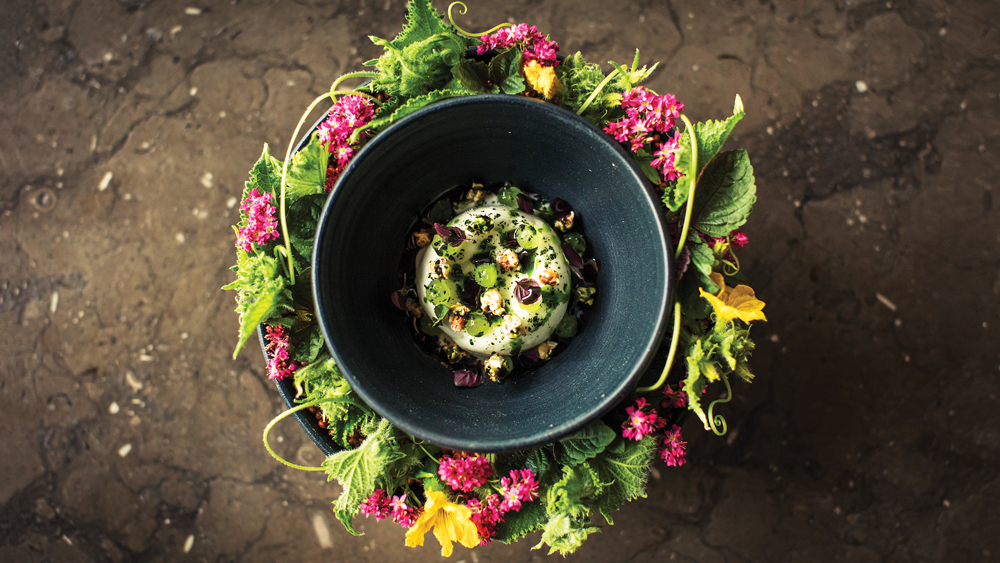
5) A Herb Garden
Imagine if an outcome of the pandemic was an increase in home grown herbs and vegetables. Many countries are seen this happening already, and what a win for the world.
So why not start with a simple herb garden in small pots or a corner of your garden.
Many Sydney suburbs are growing them in the street as communal herb gardens and everyone helps keep them alive and thriving – such an inspiring community initiative.
And almost every Michelin star restaurant grows at least some of their own produce as the flavours and freshness cannot be beaten. And at home, it just makes creative cooking easier and quicker. Think fresh rosemary, parsley, basil, tomatoes and carrots for starters.
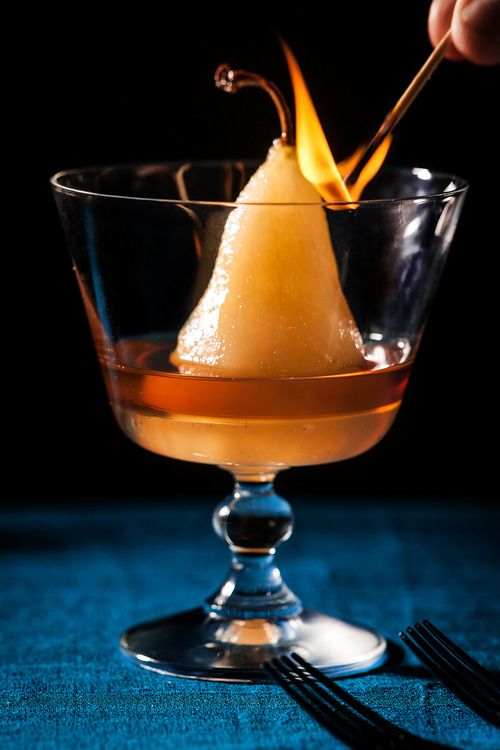
6) Try flambeing
This is something you probably usually never have time for, but right now doing lockdown is a great time to have some fun and learn a new technique like flambeing.
It is a technique where alcohol (at least 40% proof) is added to a pan with a steak or crepes to create some fabulous theatrics in the kitchen as flames fly into the sky.
(Check out the online tutorials for more at you tube – there are heaps).
*note the alcohol must NOT be poured from the bottle as it is a safety hazard. It needs to be put into a dish and ladled out.
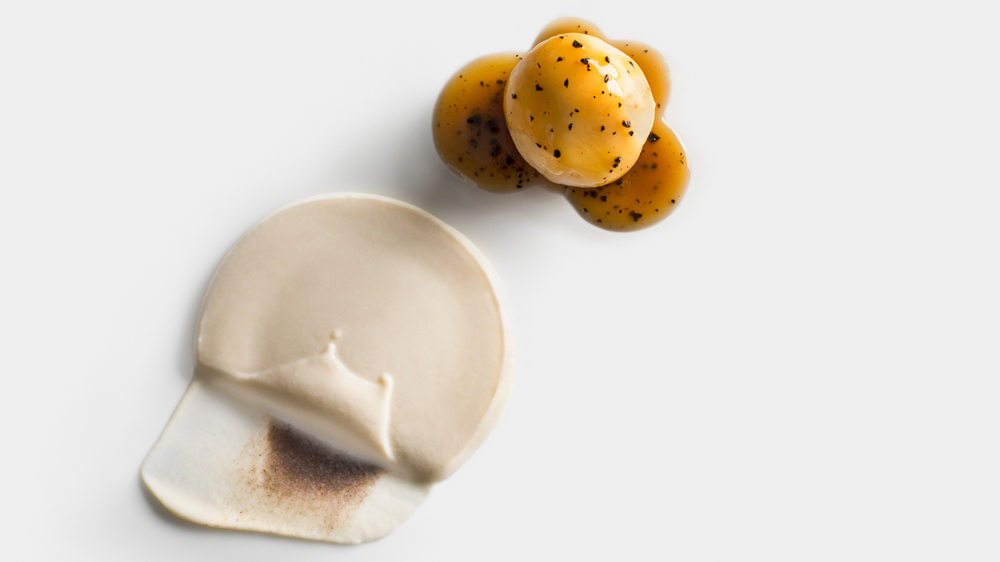
7) Turn plating into an art
The best presentation plates are white plates, and the bigger, the better for the Michelin star look.
Use the internet to find some images for inspiration, but if you can master plating, it will have a huge impact on the reactions to the food you serve. Michelin star food is about emotion, and what stimulates emotion the quickest are visual reactions to what we see.
Some tips are: 1) Dots of cream or mashed potato for effect
2) Create height in the middle of the dish
3) Plate dishes asymmetrically in odd rather than even numbers (for dishes like cutlets, bananas, etc),
4) Use contrasting colours (eg sweet potato mash instead of plain white potatoes mash),
5) Mix up the sizes – so use a large base of salad with a small, neat shaped steak.
6) Use square or round cookie cutters to create shapes for dishes like scrambled eggs or tartare.
You can also experiment with the table setting to create a different feel or mood depending on what you are serving and how casual or upmarket you want to go. White tablecloths always work, but you can switch things up with creative runners – a fake grass roller, piece of fabric, ribbon or fresh flowers are all ideas to start with.

8) Clean as you go
Might sound too basic, but this is key. Key to your own cooking and key for anyone walking into the kitchen watching you cook.
This is important for those around you – so they don’t feel overwhelmed with dishes everywhere, and for you so that once dinner is served you can largely relax. Don’t be afraid to ask your guests – even if they are your family – to help you both before, during and after the meal.
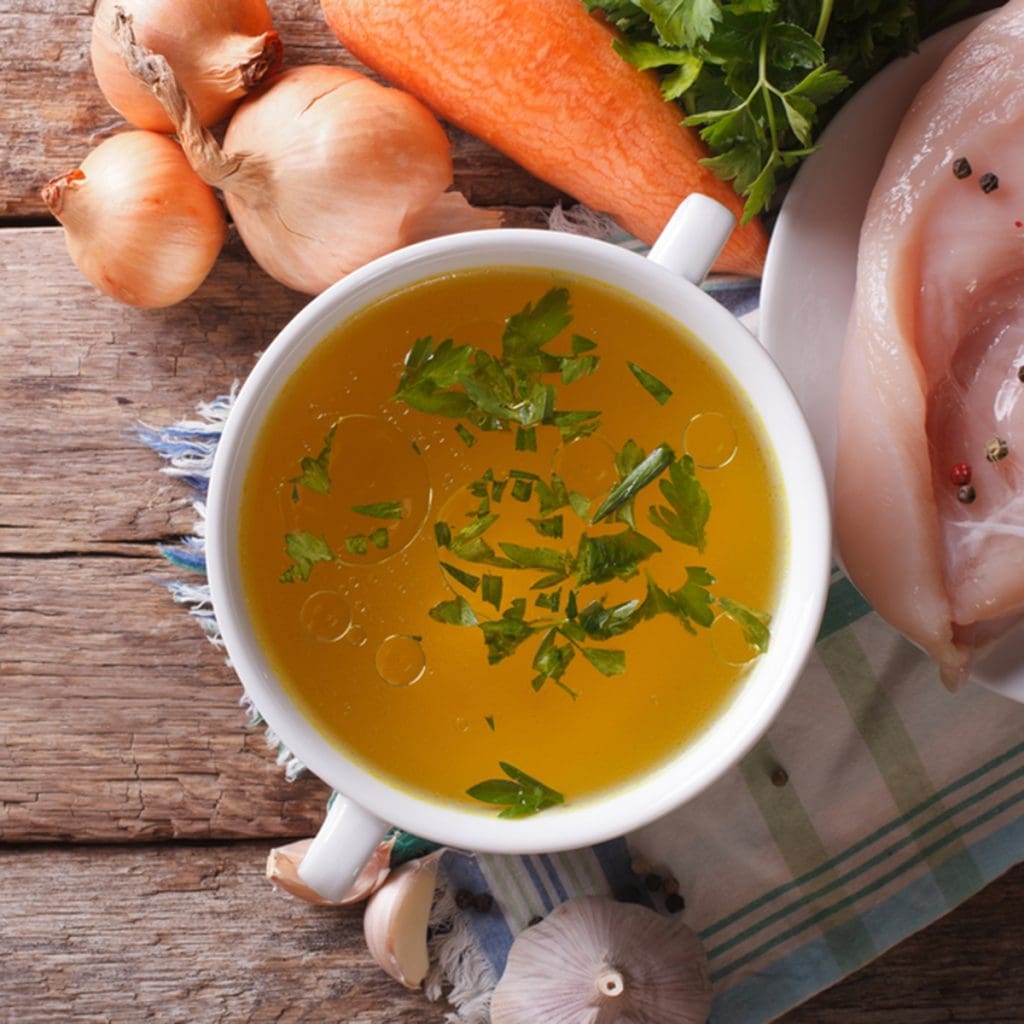
9) Deglaze
This is a classic French technique which brings a lot of flavour to meals like risotto or red meat dishes, and is easier than it sounds. You use it after cooking meat or vegetables in a pan, and you simply pour in cold stock or wine which will release any tasty bits on the bottom of the pan and create a flour filled liquid.
The glaze can then be used over the dish you have just made as a sauce – probably heated, or kept and used as stock for a soup or slow-cooked dish in the future. Just pop in a plastic container and seal.
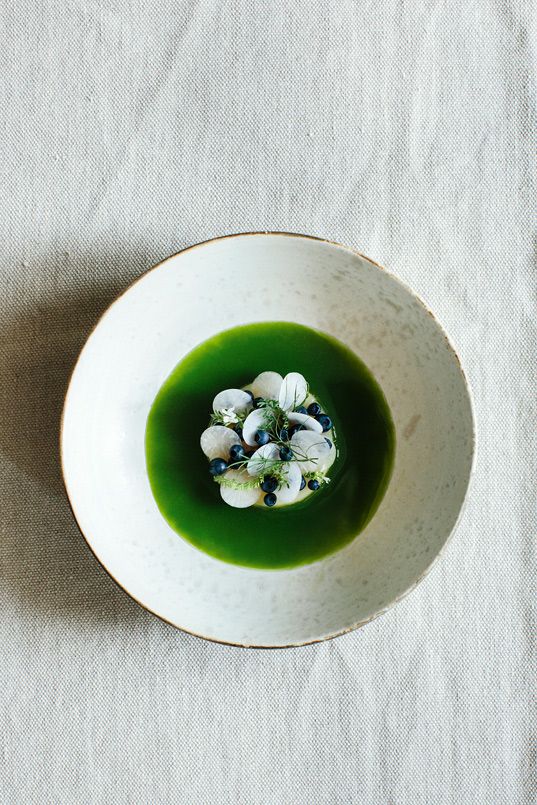
10) Season well
Also might sound obvious, but keep reading as this is also at the heart of great flavours and fine dining.
This is an insider secret of many top restaurants around the world. They use natural sea salt, freshly cracked pepper, and sugar, yes sugar in savoury dishes (like bolognese, duck l’orange, most Asian dishes and more). Why? Because it simply adds so much more flavour. Don’t overdo it, but do have a go.
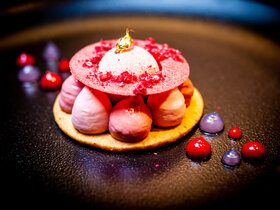



2 Comments
Pingback: Lockdown Strategies To Help You Cope | Bondi Beauty
Pingback: things to do in isolation to stop being bored for the frequent traveller